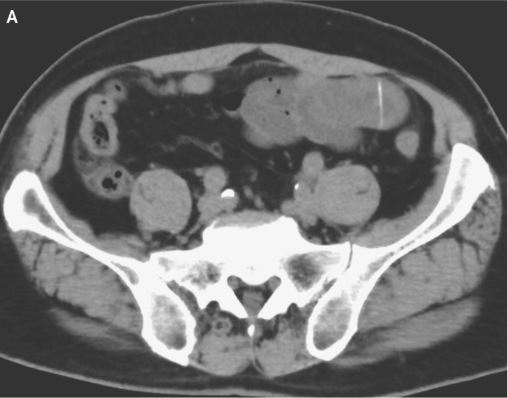When you purchase through links on our website , we may earn an affiliate commission . Here ’s how it works .
A famously scatty - minded fish swam back to the vainglorious screen and into audience ' hearts , as the Walt Disney / Pixar movie " Finding Dory " opened in theaters across the U.S. The animated film revisits the spanking and colourful world of ocean creatures first introduced to audience in 2003 ’s " Finding Nemo . "
Voiced by Ellen Degeneres , Dory — aregal disconsolate tang(Paracanthurus hepatus ) with severe short - term remembering problem — chance conversant case from " Nemo " and piddle new Quaker and friend while explore for clues about her long - missing parents .

Old friends from “Finding Nemo” and new faces search for a forgetful but endearing blue tang, in “Finding Dory."
Many of these characters — from neophyte Hank the octopus and Destiny the whale shark , to returning favorites Nemo theclownfishand Squirt the ocean turtleneck — belong to species that are easily recognizable . But how closely do the movie ’s revive " stars " mirror their real - humans fauna counterparts ? Live Science speak to an expert in aquatic spirit to receive out . [ Photos : Meet ' Finding Dory ' literal - Life Counterparts ]
Absent parents
Two of the new characters that " Finding Stizostedion vitreum " introduces are regal blue tangs Charlie and Jenny ( voice by Eugene Levy and Diane Keaton , severally ) , the parent that Dory was separated from early in her life under context that she ca n’t think back . But would a blue tang have caring , nurturing parents , as the story suggests ? in spades not , says Becky Ellsworth , a curator at the Columbus Zoo and Aquarium .
" Blue tang parents do n’t care for their young , " Ellsworth severalise Live Science . In fact , harmonize to Ellsworth , it would be improbable for blue tang to meet their offspring at all — except by accident .
" Theyspawnin the piddle column , " Ellsworth say . " And the spawn are carried out by the sea currents and deposited in coral reefs . The fry — babe fish — hachure and are on their own from the source . "

In real life, Dory wouldn’t have had the loving parents she intermittently remembers.
And sea turtles are equally unlikely to deal a tight bail bond with their parents , such as the one enjoyed by father - Logos pair Crush and Squirt ( voiced by Andrew Stanton and Bennett Dammann ) , whom audiences first met in " Nemo . "
distaff sea polo-neck lay their eggs in nests that theybuild on beaches — and once they cover them up with sand , the mama turtle lumber into the weewee and never look back . When the baby cover , usually under a full moon , they find oneself their own way to the ocean and have to survive all by themselves , Ellsworth say Live Science .
Nemo and other clownfish , however , are a different tale . harmonise to Ellsworth , scenes from " Finding Nemo " that show Nemo ’s father caring for the eggs were quite accurate .

Hank, an octopus with a chip on his shoulder, teaches Dory a few things about giving people the slip.
" Clownfish lay their orchis in reef anemone , and the dada will determine over them and winnow them — which helps to keep the anemone clean and free of algae , and also protects the orchis , " she said . ( Anemones are in the same group as jellyfish . )
Octopus escape artist
Another new character that Dory befriends is Hank ( played by Ed O’Neill ) , a dour but slick octopus that she meets in a center for rehabilitate marine wildlife in California . Hank demonstrates remarkable artistry at camouflaging himself andmaneuvering in and out of tight spot ; Ellsworth corroborate that this navigational gift is well documented in octopuses kept in captivity . [ 8 Crazy Facts About Octopuses ]
" They ’re very intelligent , " she say . " And they have no off-white , so they can squeeze into home that we never expect . "
In fact , Ellsworth said , octopuses that live in fish tank are ofttimes given activity and challenges to keep them occupied — and out of difficulty .

" We have them work for things . We ’ll give them a mason jar with a food for thought treat inside , and they can unscrew it underwater , " Ellsworth explained .
Dory encounters many other animals during her travels — include a beluga hulk , ocean Panthera leo and sea bird — all of which would be more potential to eat a blue tang than befriend one in real living , Ellsworth note . But even if the relationships in " Finding Dory " are more grounded in Hollywood storytelling than in marine biology , the motion-picture show can still encourage greater appreciation of the ocean and its inhabitants , and inspire peopleto protect them , she said .
" This type of movie really energize audiences to learn more about the animals , to get unrestrained about ocean liveliness , " Ellsworth enjoin Live Science .

" There are thing we can all do to help hold open Dory and her friends , like eating sustainable seafood , recycling and watching what we put in our drain . Whether you live near an ocean or not , we ’re all get in touch to it , " Oliver Ellsworth say .
Original article onLive skill .
















